PT Lumber staircase question
zver11
12 years ago
Related Stories
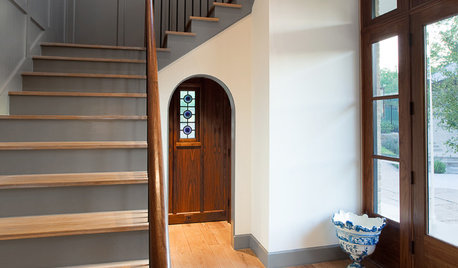
CONTRACTOR TIPSAn Expert Guide to Safe and Stylish Staircases
Understanding how stairs are designed and laid out can help you make the best decisions for safety and beauty in your home
Full Story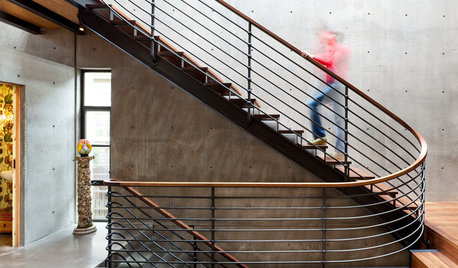
REMODELING GUIDESKey Measurements for a Heavenly Stairway
Learn what heights, widths and configurations make stairs the most functional and comfortable to use
Full Story
HOUZZ TOURSMy Houzz: Vintage Treasures Adorn a Faded Beauty
A designer brings a bold vision and love of the weird and wonderful to a 110-year-old Australian house
Full Story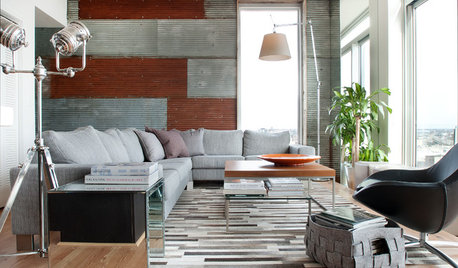
REMODELING GUIDES5 Places to Love Corrugated Metal in Your House
It’s budget friendly, versatile and even colorful. Is it any wonder this popular exterior material is making inroads indoors?
Full Story
FARM YOUR YARDHow to Build a Raised Bed for Your Veggies and Plants
Whether you’re farming your parking strip or beautifying your backyard, a planting box you make yourself can come in mighty handy
Full Story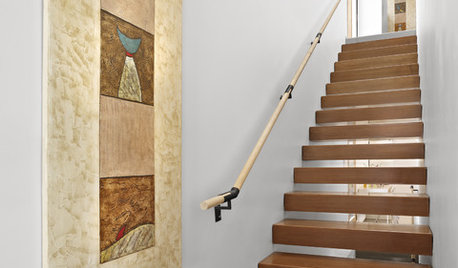
KNOW YOUR HOUSEStair Design and Construction for a Safe Climb
Learn how math and craft come together for stairs that do their job beautifully
Full Story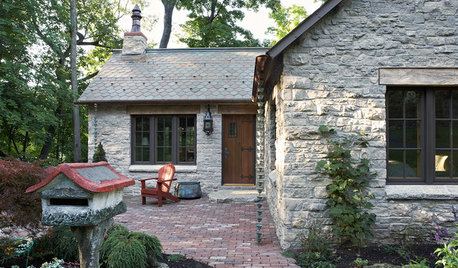
GREEN BUILDINGHouzz Call: What Have You Salvaged for Home Use?
If your floors, furniture, exterior materials or other home elements have a past life, we'd like to hear the story
Full Story
HOUZZ TOURSMy Houzz: Going White and Bright in Montreal
White lacquer and wider doorways help create an airer backdrop for colorful contemporary art in a 1910 Arts and Crafts home
Full Story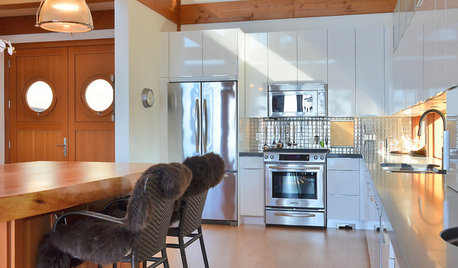
REMODELING GUIDES6 Must-Know Lessons From a Serial Renovator
Get your remodel right the first time, with this insight from an architect who's been there too many times to count
Full Story





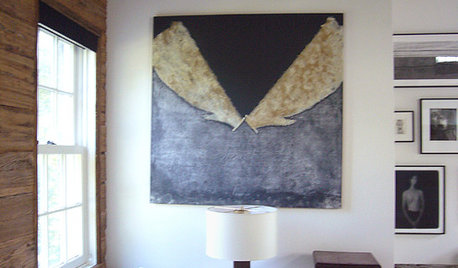



sombreuil_mongrel
commanche
Related Professionals
Mobile Decks, Patios & Outdoor Enclosures · Racine Decks, Patios & Outdoor Enclosures · Richmond Decks, Patios & Outdoor Enclosures · Waukesha Decks, Patios & Outdoor Enclosures · East Haven Flooring Contractors · Montgomery County Flooring Contractors · New Orleans Flooring Contractors · Redlands Flooring Contractors · South Lake Tahoe Flooring Contractors · Town and Country Flooring Contractors · Verona Flooring Contractors · Winchester Flooring Contractors · Wichita Siding & Exteriors · Kenosha Siding & Exteriors · Point Loma San Diego Siding & Exteriorshelgromite
zver11Original Author